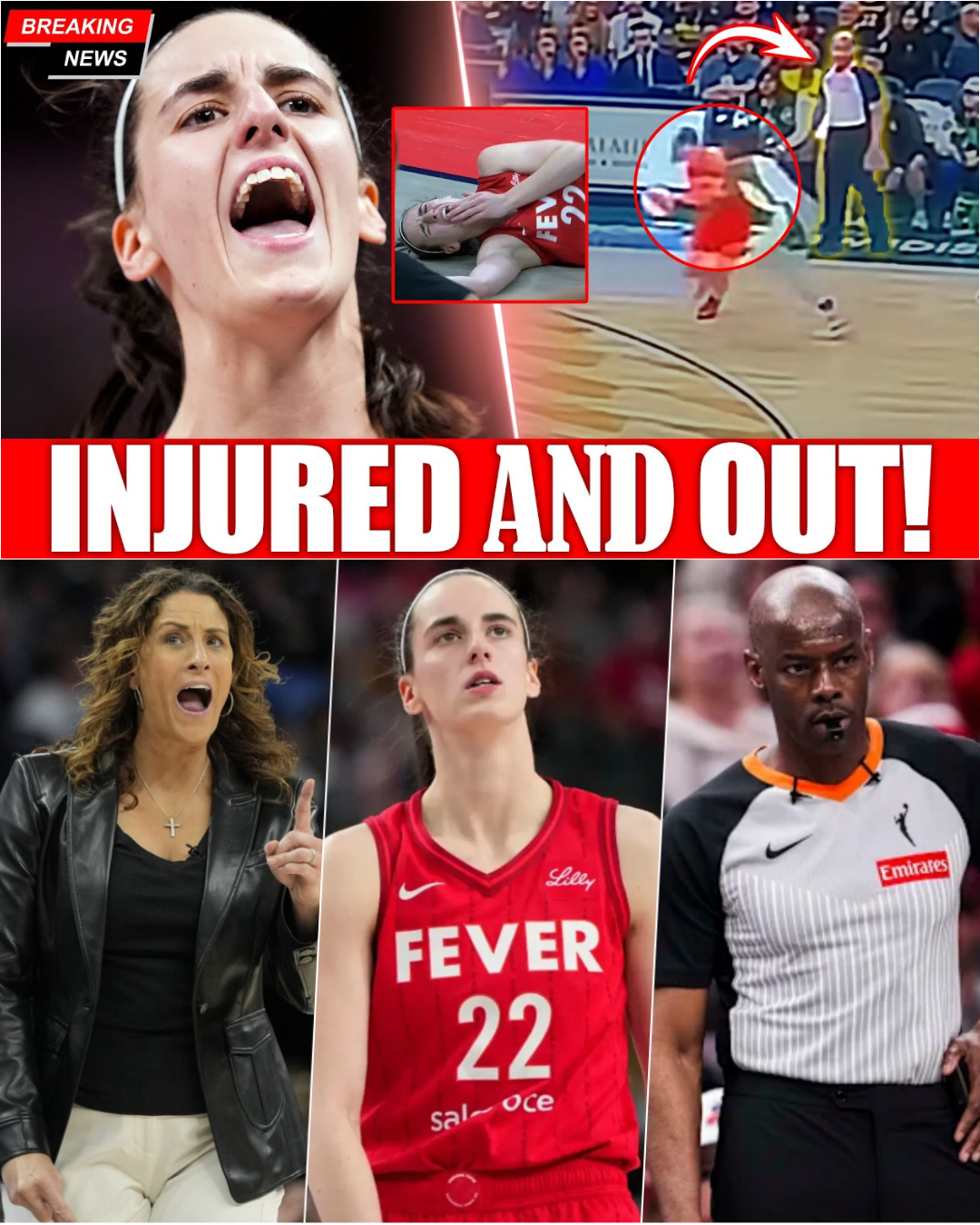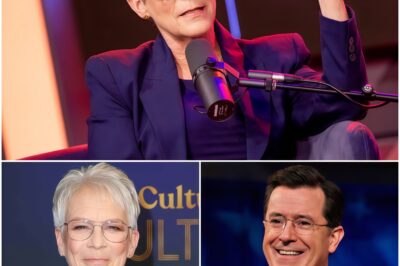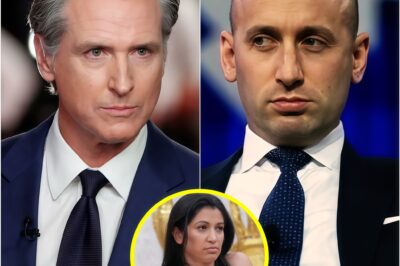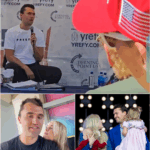
Caitlin Clark walked off the court again this week with bruises on her arms, frustration on her face, and still—no whistle. No explanation. No accountability.
What’s happening in the WNBA is no longer a debate about rough play. It’s about something far deeper. A pattern. A silence. A refusal to protect the league’s biggest star when it matters most.
The latest incident came during Indiana Fever’s matchup against the Seattle Storm. On paper, the Fever walked away with a 94–86 win. But anyone watching saw a very different story play out on the court. Clark was shoved, grabbed, and fouled on multiple possessions—none of which drew a call. And in one viral clip, a Storm player clearly makes contact across Clark’s body on a drive, with a referee just feet away. Still, no whistle.
That’s not a miss. That’s a message.
And it’s one the league keeps sending.
Another Game, Another Missed Call
Let’s be clear: Caitlin Clark is not asking for special treatment. What she and her teammates—and millions of fans—are asking for is fairness. Consistency. Safety.
Instead, what they’re seeing is a double standard.
During the Seattle game, Clark was hacked on a layup. No call. Moments later, her teammate Sophie Cunningham was whistled for a “touch foul” despite textbook defense—hands up, feet planted, no contact. This has become a familiar story. Time and time again, when Clark is on the receiving end of hard fouls, officials look away. And when she tries to play defense herself, the whistle is swift.
Fans aren’t imagining this. Analysts aren’t exaggerating. There is real footage, frame by frame, showing Clark being grabbed with two hands, pushed on drives, and pulled away from her spot—without a single referee stepping in.
If this were an isolated event, perhaps it would fade. But it isn’t.
This is happening game after game. Arena after arena. And as the league leans into Clark’s popularity to sell tickets, jerseys, and broadcast deals, they remain deafeningly silent when it comes to protecting her on the floor.
The Numbers Don’t Lie
Caitlin Clark isn’t just a great player—she’s the reason the WNBA is having a record-breaking season.
Since her arrival, viewership has exploded. Fever games are shattering ratings. One matchup peaked at 2.2 million viewers, with an average of 1.7 million—making it the third most watched regular-season game in league history. ESPN’s WNBA coverage is up 14% from last year. ABC’s WNBA broadcasts are up an astonishing 76%.
And what do nearly all these top-rated games have in common?
Caitlin Clark is playing.
She is the storyline. The ticket seller. The jersey mover. The reason why new fans are tuning in. She’s not just a player—she’s the product.
So why is the league refusing to protect her like one?
The Pattern Everyone Sees
From the opening tip in Seattle, Clark was a target. She was bumped off cuts, dragged on screens, and hit on drives. Not once. Not twice. But consistently. And still, the whistles never came.
Even players from opposing teams are starting to notice. Former Fever guard Erica Wheeler—now playing for Seattle—was seen checking in on Clark after a hard foul, offering a hand and a nod of respect. That says something.
So does the silence from WNBA Commissioner Kathy Engelbert. Not a single public statement. Not one post-game press conference. Not even a tweet addressing the league’s mounting officiating controversy. As fans raise their voices, as social media explodes with slow-motion breakdowns of missed calls, the league’s leadership remains nowhere to be found.
Would the NBA allow this to happen to Steph Curry? Would the NFL let Patrick Mahomes take repeated late hits without throwing a flag?
Of course not.
Because they understand something the WNBA has yet to prove: that star power must be protected, not just promoted.
Carrying the League, Alone
Despite all of it—the cheap shots, the no-calls, the criticism—Caitlin Clark continues to show up. To lead. To lift.
Her stat line against Seattle? Just six points on 3-of-13 shooting. No made three-pointers. Eight turnovers. On paper, it was one of the worst scoring games of her young career.
But numbers lie. Or at least, they don’t tell the full story.
Clark still finished with nine assists, three steals, two rebounds, and orchestrated the Fever offense from start to finish. She drew double teams. Created space. Pulled defenders out of position. Her presence helped teammate Aaliyah Boston post a career-high 31 points on 72% shooting. Kelsey Mitchell added 26 more. Lexi Hull notched her first career double-double. The whole team thrived—not in spite of Clark’s quiet night, but because of the attention she demands every second she’s on the floor.
Even when her shots don’t fall, Caitlin Clark changes everything.
A League Benefiting from Her Brilliance
Let’s not pretend the league isn’t benefiting.
Every time Clark steps on the court, she boosts the bottom line. Ticket prices surge. Arena attendance spikes. National TV ratings soar. Sponsors line up. Social media explodes.
Clark has brought a new generation of fans to the WNBA. She’s brought excitement, relevance, and momentum. She’s the face of the league—and the engine behind its current success.
But instead of protecting that, the league has allowed her to become a punching bag.
They’ll post her highlights, but not defend her rights. They’ll sell her image, but won’t speak when she’s being shoved. They’ll celebrate her marketability, but stay silent when she’s bleeding on the hardwood.
And that’s a problem.
Where Leadership Fails
This isn’t just about officiating anymore. It’s about leadership. Culture. Accountability.
When a league allows its most valuable player to be targeted without consequences, it sends a clear message: We’ll take what you bring, but we won’t stand with you.
And that’s where fans draw the line.
Across TikTok, Instagram, and X, supporters are calling it out. Side-by-side clips show the blatant disparity in how Clark is treated versus other players. Hashtags demanding fairness trend after every game. Former players, coaches, and analysts are speaking out.
Even Clark’s own coach, Stephanie White, has acknowledged the pattern. She’s spoken publicly about her star player not getting the calls she deserves. And that, more than anything, confirms what fans already see.
This isn’t paranoia. It’s reality.
Still She Rises
But here’s what makes Caitlin Clark different.
She doesn’t complain. She doesn’t flinch. She absorbs the hits, the silence, the pressure—and keeps playing.
Keeps passing. Keeps hustling. Keeps lifting a team—and a league—that too often refuses to lift her back.
And she wins.
Not just on the scoreboard. But in how she carries herself. How she handles adversity. How she inspires her teammates, her fans, and an entire sport that’s finally stepping into the spotlight it has long deserved.
Caitlin Clark is the WNBA’s present. And its future.
She’s delivered everything the league could ask for—and more.
Now it’s time for the league to deliver something back.
Start by blowing the whistle. Start by acknowledging what’s happening. Start by protecting the star who’s carrying you.
Because if Caitlin Clark keeps getting knocked down while the league stays silent, fans won’t stay quiet.
They’ll remember.
And so will history.
News
EXCLUSIVE: I’ve Been Silent Long Enough — Colbert’s 8-Word Sentence Caught on Hot Mic Has CBS in Total Panic!C4
“I’ve Been Silent Long Enough” — Colbert’s 8-Word Sentence Caught on Hot Mic Has CBS in Total Panic The red…
Jamie Lee Curtis Accuses CBS of Silencing Her After Colbert’s EXIT — A Bold Allegation That Could Shake Late-Night TV”
In a stunning development that has rocked the entertainment industry, actress Jamie Lee Curtis has publicly accused CBS of silencing…
“HOW COULD YOU BE SO STUPID?” — Rachel Maddow EXPLODES on Karoline Leavitt in Blistering Live TV Takedown That Left the Studio Frozen It was supposed to be another routine political spar—until Karoline Leavitt made one false claim too many. In a moment now seared into MSNBC history, Rachel Maddow dropped her notes, stared her guest down, and delivered seven brutal words that ended the debate in an instant: “How could you be so stupid?” What followed wasn’t a shouting match—it was surgical. Maddow dismantled Leavitt’s claim piece by piece while producers struggled to keep the cameras rolling. The crowd went silent. Leavitt froze. And social media exploded. Now, even Maddow’s critics admit: that moment wasn’t just a correction—it was a reckoning.
A live MSNBC segment turned sharply confrontational this week when White House Press Secretary Karoline Leavitt made an unverified accusation…
“How Could You Be So Stupid?” — Rachel Maddow Shuts Down Karoline Leavitt After False On-Air Claim Sparks Instant Backlash
A live MSNBC segment turned sharply confrontational this week when White House Press Secretary Karoline Leavitt made an unverified accusation…
“I Don’t Care What You Think of Me” Robert De Niro Disarms Megyn Kelly with Eight Words That Redefined Silence on Live TelevisionThe moment didn’t explode.C4
The moment didn’t explode. It imploded — in real time, in total stillness, and on Megyn Kelly’s own stage. A…
“He Wants All Immigrants Out of America but He Can’t Even Keep Immigrants Out of His Wife.” — Newsom Destroys Miller With One Scandalous Line on Live TV
It wasn’t policy.It wasn’t personal—until it was. Gavin Newsom didn’t come to attack Stephen Miller’s marriage.But when the architect of…
End of content
No more pages to load











